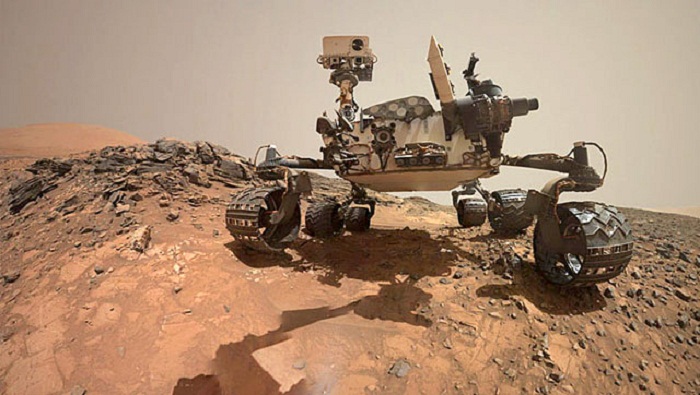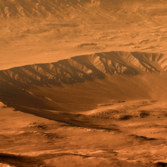First Mars was the setting of imaginary declining civilizations; then it was a dead, cratered, Moon-like world. Thanks to a coordinated Mars exploration program that began in 1996 and continues to the present day, we now know Mars better than any world other than our own, yet we have more questions than ever.
Geologically, Mars is quiescent, but its atmosphere breathes and changes from year to year, interacting in complex ways with the water sequestered in Mars' ice caps and permafrost. Water does not, today, flow on Mars, but it evidently has in the past, and it may flow again in the future when Mars' rotation axis tilts much more steeply. Did Mars ever look like Earth, or has it always been as cold and dry as an Antarctic desert? Has there ever been the right combination of liquid water, available energy, and time to permit life to begin on Mars?




